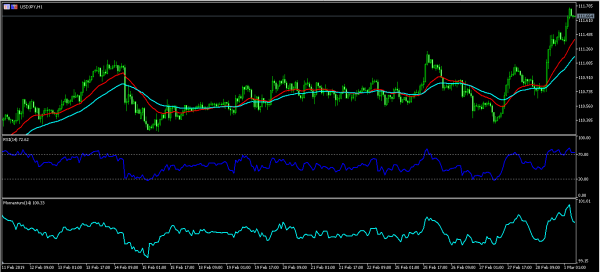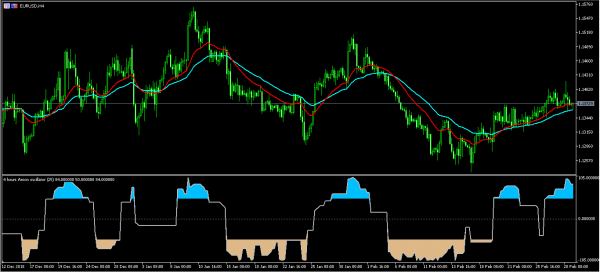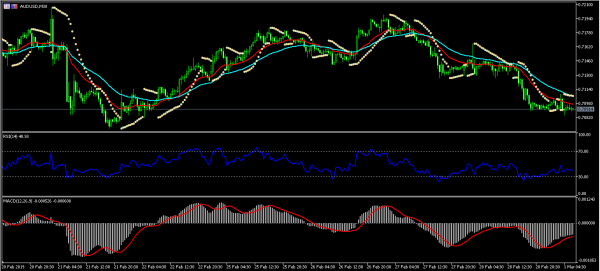The Japanese yen declined sharply against the USD after the meeting between Donald Trump and Kim Jong Un ended without a deal. In a statement, the United States said that North Korea was asking for sanctions relief while not offering any meaningful concessions on nuclear weapons.
The meeting was the second one in two years. After the first meeting, North Korea committed to lead the ‘complete denuclearization’ of the peninsula but recent reports show that the country has been cheating.
In Japan, data released earlier today showed some positive developments. In February, the Tokyo CPI rose by an annualized rate of 0.6%, which was better than the expected 0.4%. The core CPI rose by 1.1%, which beat the consensus estimate of 1.0%. The capital spending in the fourth quarter rose by an annualized rate of 5.7%, which was better than the expected 4.5%. On the negative side, the unemployment rate rose to 2.5% from the previous 2.4%.
This week, a major concern among investors has been on the softening global economy. This was evidenced by the weak manufacturing and non-manufacturing PMI numbers from China. Earlier today, Caixin released the manufacturing PMI that beat the analysts’ forecast. The PMI increased to 49.9, which was better than the expected 48.5. While the improvement is welcome, it is still below 50. A PMI below 50 is usually an indication of contraction.
The euro softened in overnight trading as traders wait for important data from the European Union. The German manufacturing PMI is expected to be at 47.6 while the unemployment rate looks set to remain unchanged at 5.0%. For the EU bloc, the headline CPI for February is expected to have risen by 1.5%, which is higher than January’s 1.4%. The unemployment rate is expected to remain at 7.9%. In the United Kingdom, the manufacturing PMI is expected to stay unchanged at 52. In the United States, the ISM manufacturing PMI is expected to be at 55.5.
USD/JPY
The past two days have seen major movements in the USD/JPY pair. The pair has moved from a low of 110.34 to a high of 111.76, which was reached in overnight trading. On the hourly chart, the pair’s current price is above all the short and medium-term moving averages while the RSI has climbed to past the overbought level of 70. The momentum indicator is still above the 100 level but is moving down. While the pair will likely continue moving upwards, there is a likelihood that it will move lower first.
EUR/USD
The EUR/USD pair was little moved in the Asian session as traders waited for key data from the US and EU. The pair is now trading at 1.1373, which is still higher than the week’s open of 1.1340. On the four-hour chart, the price is above the short and medium-term EMA’s while the Aroon Oscillator is above the overbought level. The pair will likely continue moving higher although this will depend on the data from the EU and US.
AUD/USD
This week, the AUD/USD pair has been on a sharp downward trend. The pair has declined from a high of 0.7200 to the weekly low of 0.7085. This price is below the 21-day and 42-day EMA while the Parabolic SAR price is above the current price, which is an indication that the downtrend will continue. The 14-day RSI has remained slightly above the oversold level, as the signal line of the MACD moves higher. There is a likelihood that the pair will continue moving lower although traders should pay close attention to the important support of 0.7900.

















